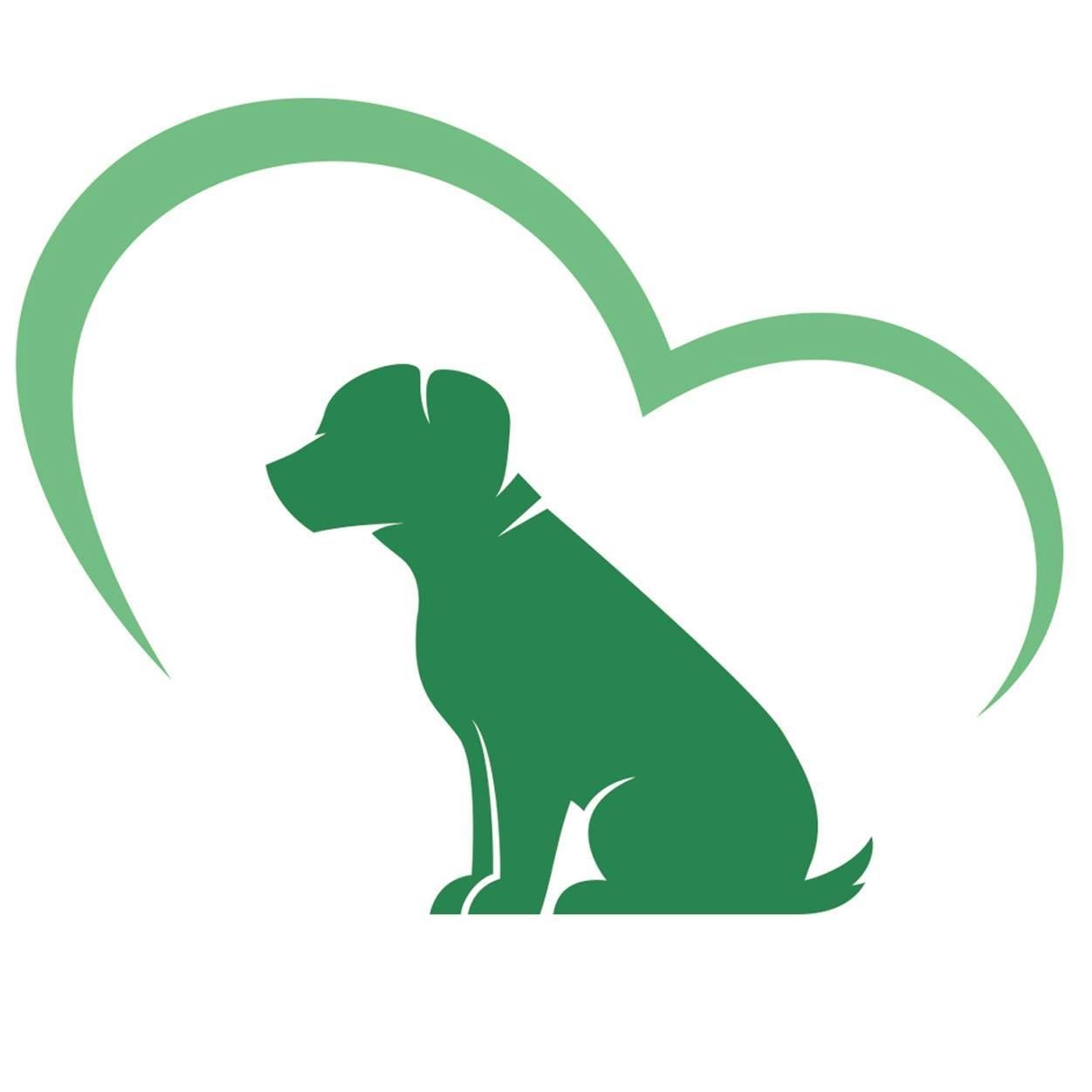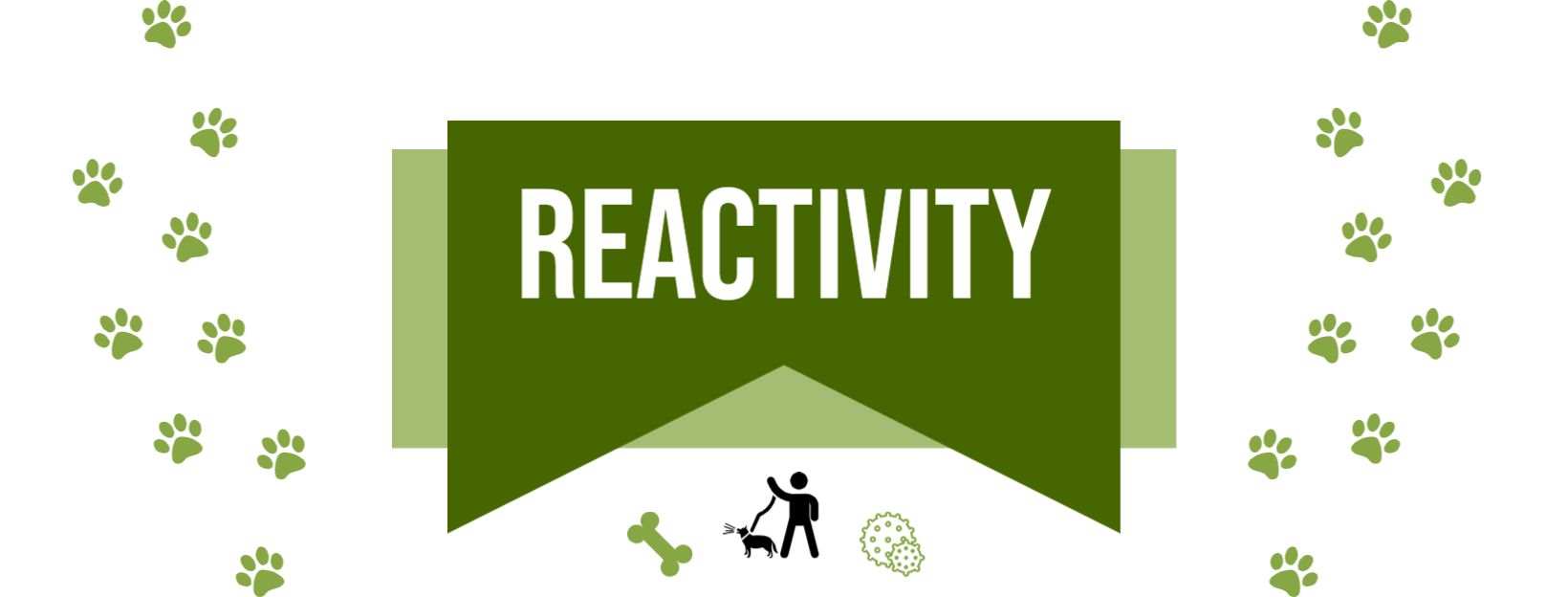
What is reactivity?
Reactivity involves a dog reacting to a stimulus by barking, growling lunging etc. The stimulus can vary from dog to dog, it can be other dogs, people, cars, motorbikes, trolleys and more. Reactivity can look aggressive, but a lot of the reaction is due to fear.
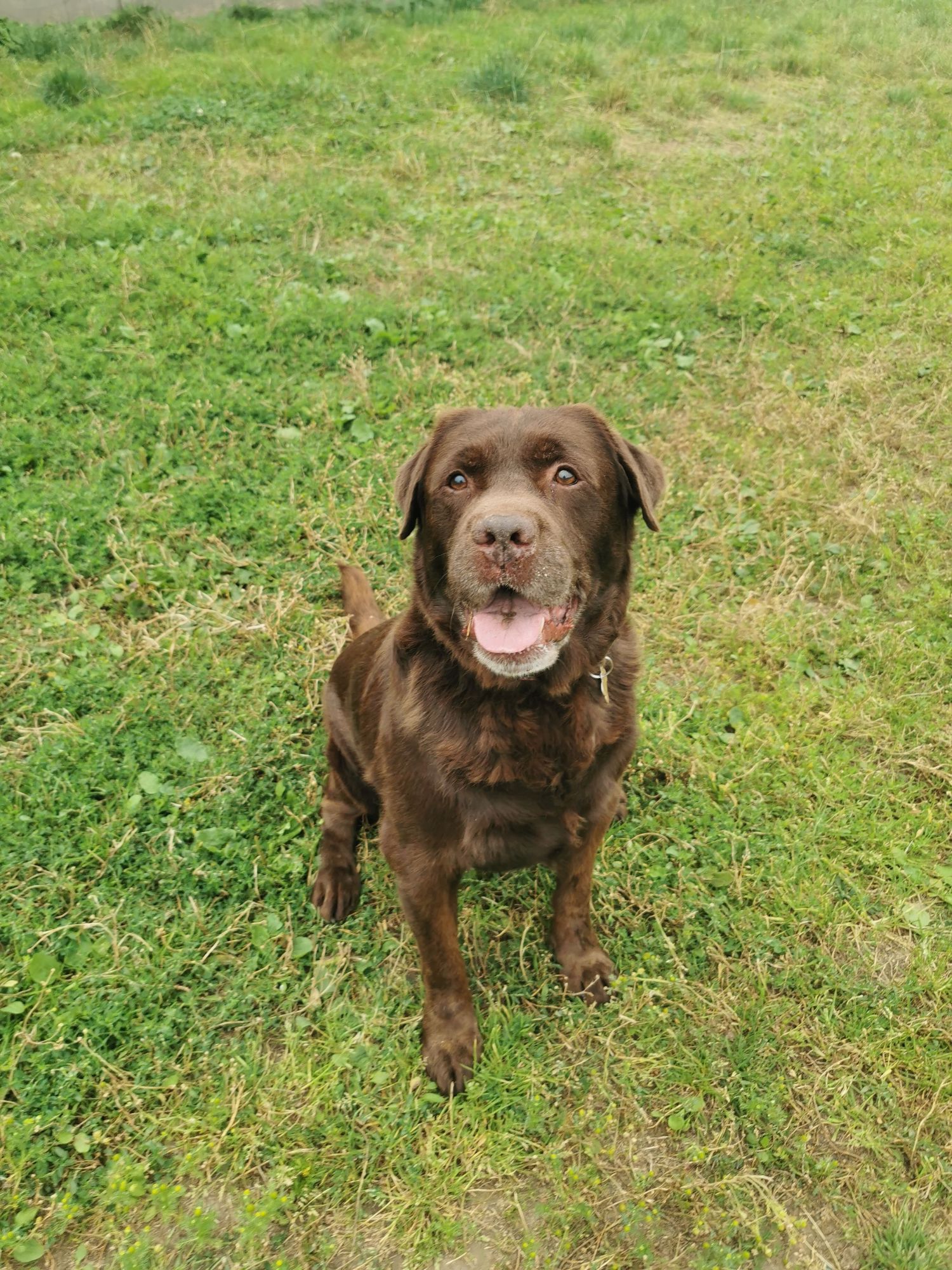
Romanian rescues can become reactive to things whilst settling in due to their backgrounds. Lack of early socialisation - exposure to people, other dogs, postmen and more can lead a dog to be fearful when seeing these out and about.
Reactivity can also arise if the dog is made to get closer to the object than what they are comfortable with. As mentioned in the section on practicing lead walks, all dogs have a threshold and if they are pushed past this threshold they can become stressed and 'lash out'. Many owners see this reaction and call it 'protecting the owner', however, it is much more likely to be your dog telling the object that they are frightened and they do not want it to come any closer.
If your dog is starting to exhibit reactive behaviours do not make them deal with anything they are not comfortable with - making them walk up to a stranger or a strange dog is not going to fix the problem, in fact it could make things worse.
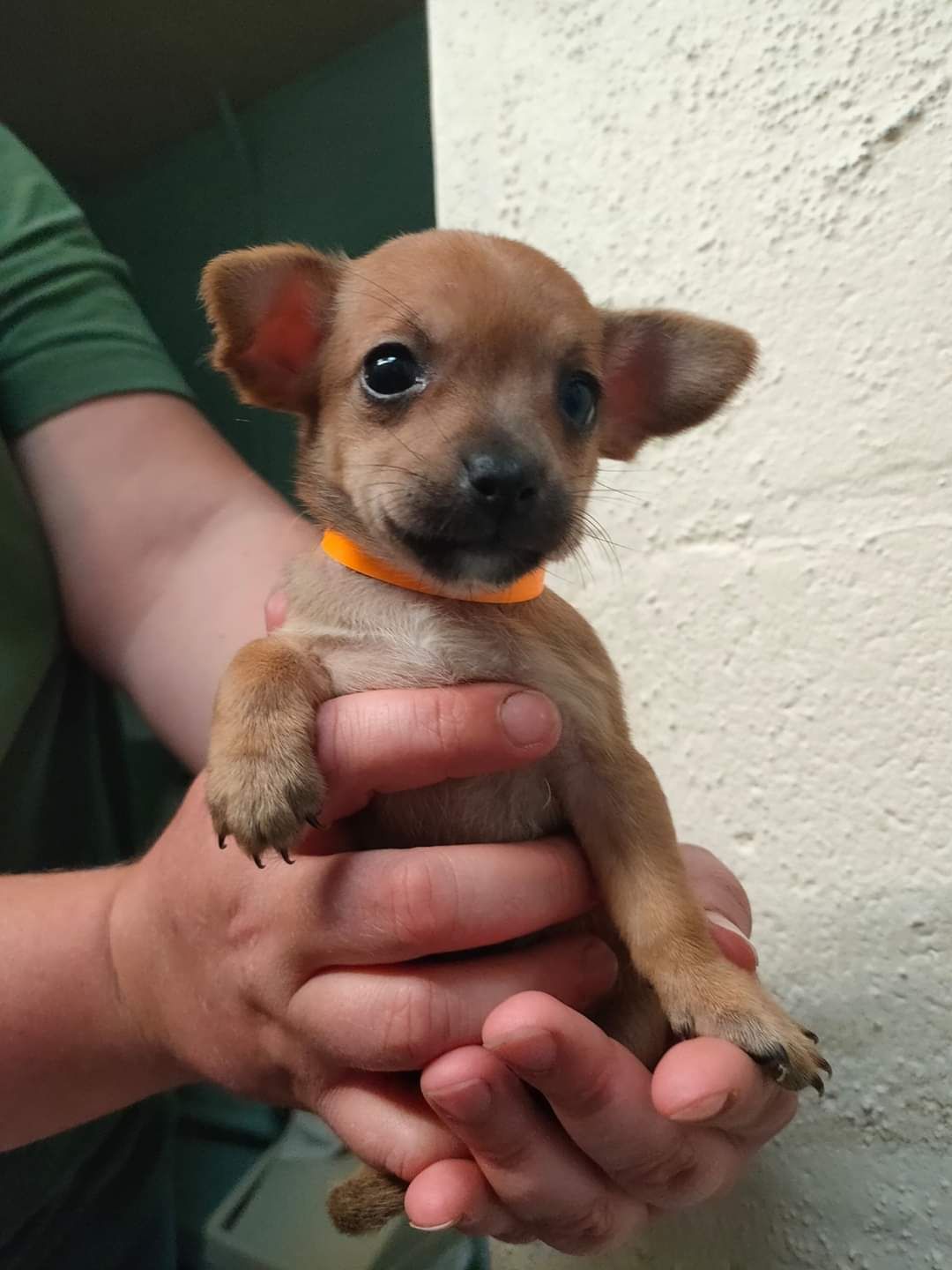
Reactivity can be frustrating and disheartening - we understand and we have got dogs ourselves that are reactive. I for example have a rescue dog that left her mum too early and is mix of two very vocal breeds. It has taken us 2-3 months to get to a point where 80% of her reacivity is under control. You cannot expect reacitivty to be eradicated overnight. You will have seen some trainers either online or on the television that seemingly get the dog to stop reacting within minutes - this is unrealistic. You will find that the methods we suggest to you do not involve yanking the dog or shouting at it - although some trainers have quick fixes, you will soon find that shouting at your dog or yanking it whilst reacting can make things much worse.
As a positive reinforcement rescue, we recommend following a desensitisation process which allows the dog to view dogs, people and objects as the bringer of nice things. It does take time and patience from yourself so strap in and contact us if you ever need help.
Beginning management:
- Arm yourself with yummy, high-quality treats. With reactivity training you will use a lot of treats and can fill your dog up pretty fast, you can either use their breakfast or adjust their meals to prevent over eating. The best treat to use is plain chicken cut into tiny pieces - personally, I use dehydrated chicken; it is the least fatty and salty treat and perfect for training.
- Start off in a pretty quiet area, but an area where you know your dog's trigger can be seen at a safe distance. For Evie, her triggers are people and dogs so we went and stood on a grassy patch a good distance away from a shop.
- If you get to your chosen area and your dog is already becoming reactive you need to create more space between yourselves and the trigger. Overtime you will get to know your dog's threshold well and you will know when something is getting too close. Remember that a dog that is approaching or is over their threshold will not take treats or focus properly. It is better to be further way and calm than too close and attempting the impossible.
- Ensuring that your dog is comfortable but interested in their surroundings, you can begin your session. It is likely that you will find your dog displaying avoidance behaviours such as sniffing the ground or looking away when their trigger comes into view. What you don't want to do is treat them for this, that way you are teaching them that avoiding looking at the trigger is good, when ideally what we would like is for the dog to see the trigger and get excited for the nice thing to come to them, so in Evie's case seeing a person = yummy treat from mum.
- As the dog looks at their trigger, treat them. You need to catch it quickly at the beginning before any reaction begins - what you're doing is creating the association that the dog has acknowledged the tigger and is being rewarded for no reaction. You are likely going to use many treats to begin with so ensure you have lots on hand. You need to be quick with your treat delivery, the longer you allow the dog to stare at the trigger the more anxious they will become and the more likely they are to react. Ignore any reactions, do not tell the dog off or shout, say 'let's go' and lead them in the opposite direction, taking some steps away and start again.
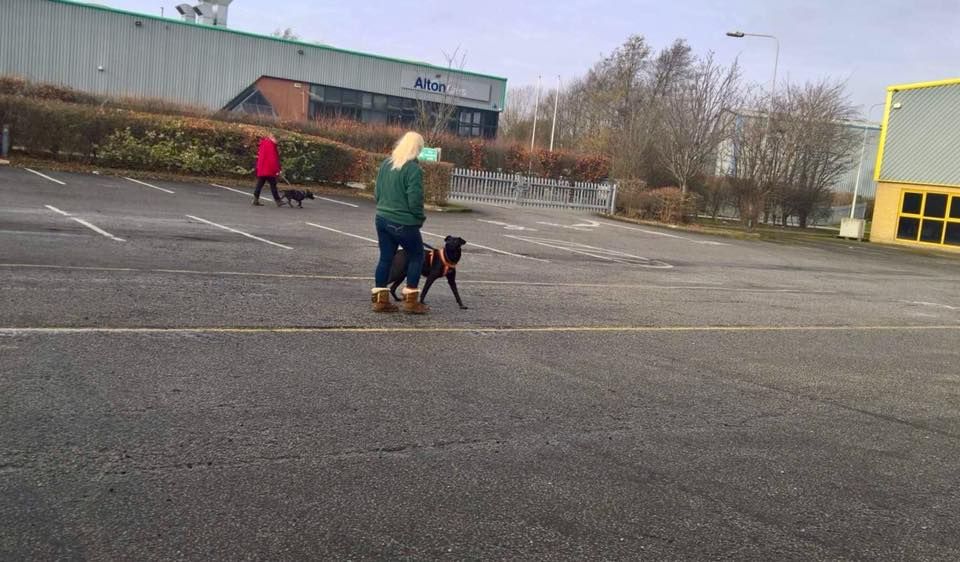
- You need to keep sessions short so that we can set the dog up for success and keep them interested. If you have been going for 5-10 minutes and the dog has responded well, praise them and go home, do not try to push them further just because they're doing well as you will run the risk of them reacting if something catches them unawares.
- You need to repeat your sessions over and over again until the dog spots the trigger and immediately looks to you for a treat. Once they are you can try to move a little closer. You will notice that although you have only moved a few feet, the intensity will be massive for some dogs. If they are reacting at all when you get closer to your stimulus you need to take a step back, so move further away again otherwise you will push your dog over their threshold. As I said earlier, don't expect for this to be an overnight thing - it takes a lot of practice and work to manage reactivity.
Reactivity on the move
Evie is very good at sitting still and being rewarded for not reacting to dogs or people as they walk by (it took us a while to get there), however, being on the move can be a bit more difficult for us, especially if we need to cross the road but another dog is coming along or a person is close by.
With a reactive dog you need to be on alert for triggers and you need to spot them before your dog does. For example if you spot a postman coming around the corner, you need to start with the treats even before the dog spots the post man - we are rewarding for calm behaviour.
It is best to avoid close encounters until your dog's tolerance level has really been improved. Although Evie is doing well, if we have to walk closeby to another dog or person she can become overwhelmed very quickly and lunge toward them barking. If you can calmly corss the road, do so, if there's an empty side street you can take, do so, if there's a patch of grass for you to retreat to and stand treating your dog as the trigger passes, do so - no, we understand that it is not ideal and walks will take much longer but you are stopping your dog from becoming overwhelmed and damaging your hard work.
Ractivity Do's & Dont's:
- Do praise and treat your dog for calm behaviour
- Do choose quiet spots with exit routes you can take if necessary
- Do read your dog's reaction - Learn How to Read your Dog
- Don't shout at your dog or yank their lead - you can intensity their reactivity
- Don't push your dog past their threshold
- Don't rush your training
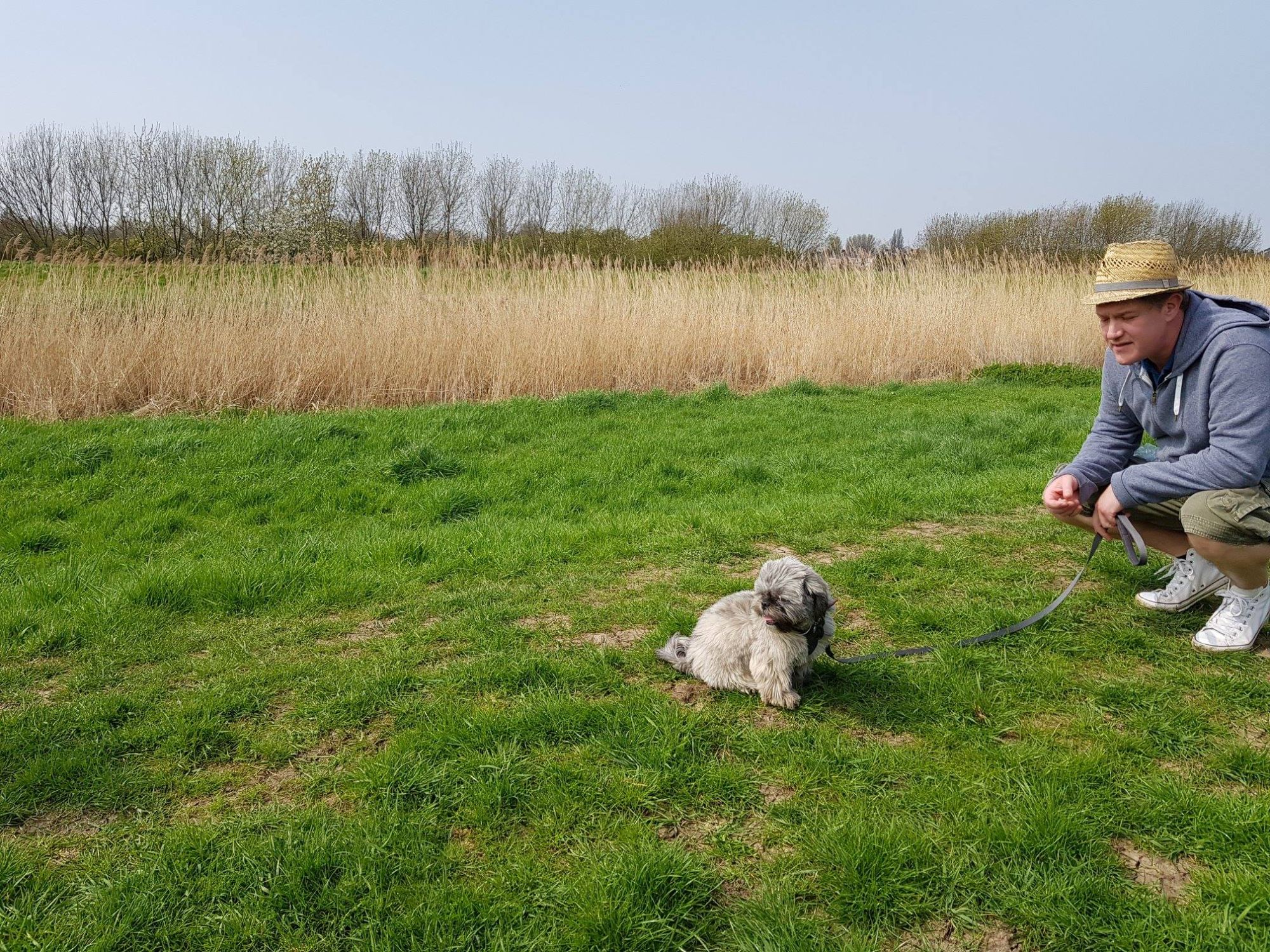
Reactive to traffic
Car chasing? Lunging?
Again, desensitisation can help and this is something that I advise a lot of adopters to do before they walk their dogs in more built up areas.
- Walk your dog to a fairly quiet road, make them sit a good distance from the road so they cannot lunge at or react to traffic.
- As a car passes treat the dog, repeat.
- You will soon start to notice your dog looking for cars to pass so they can get a treat. If you dog looks at a car passing praise and treat.
- After practicing this for a while you can begin to move a little closer or to another road that's a little bit busier. Repeat the process.
- If your dog is reactive to traffic you need to avoid small paths where traffic is close, as this will only freak them out and lead to a reaction.
- You can practice your densensitisation whilst walking too, if you're on the path and a car comes along the road treat your dog for a calm reaction. If your dog is uncomfortable and beginning to get wound up retreat and find an alternative route.
Steps you can take to warn the public
When you have a reactive dog you are constantly having to tell people to back off if they try to approach your dog. There are a few things that you can use that alert the public and dog owners that your dog is reactive and keep their distance, however, do be prepared for the odd dog whisperer that will ignore these clear signs.
There are a few websites that you can use, this is the one I have bought my lead slips from: Neon Dog
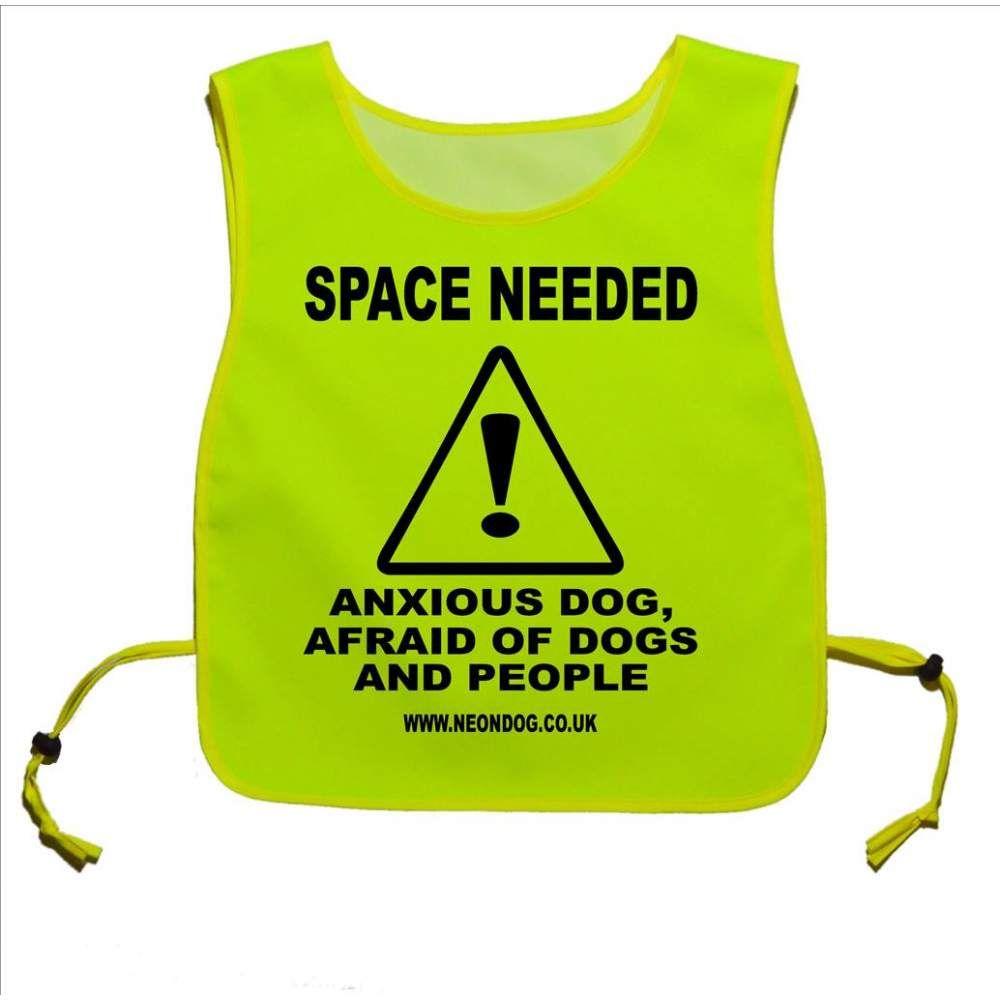
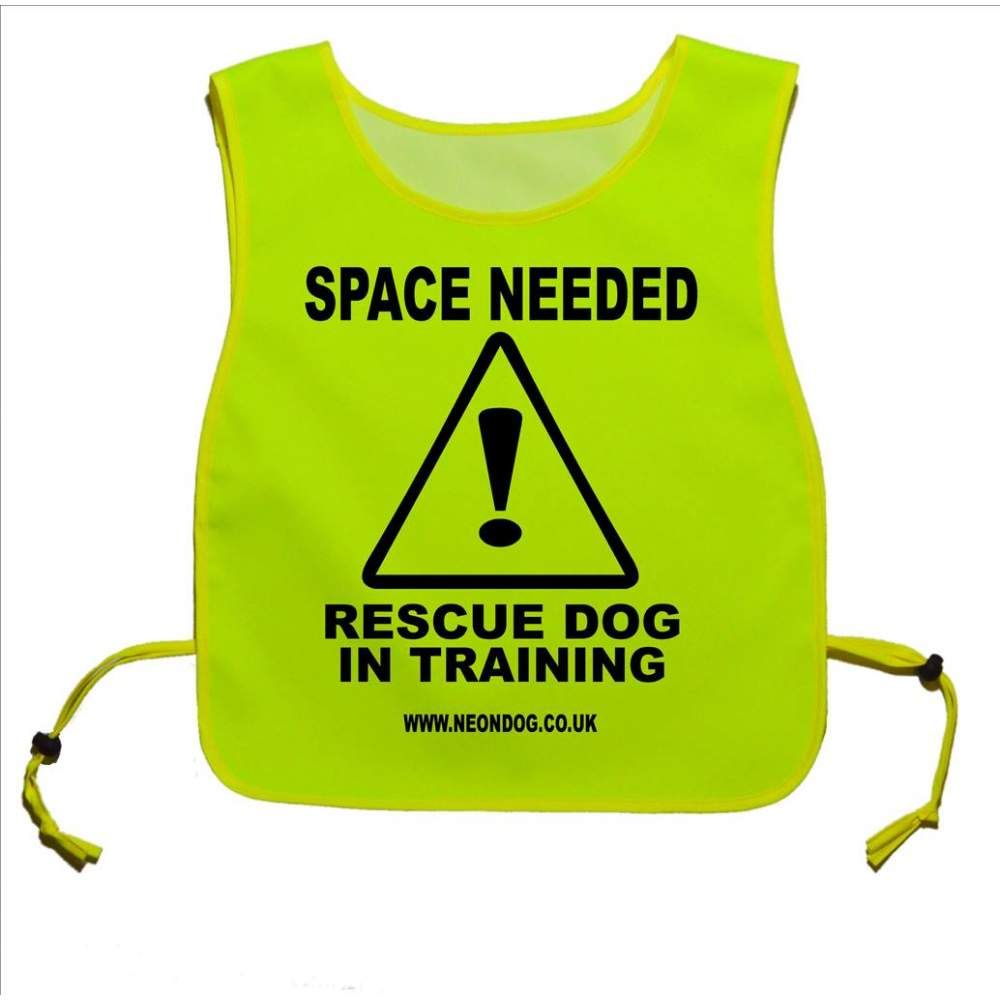
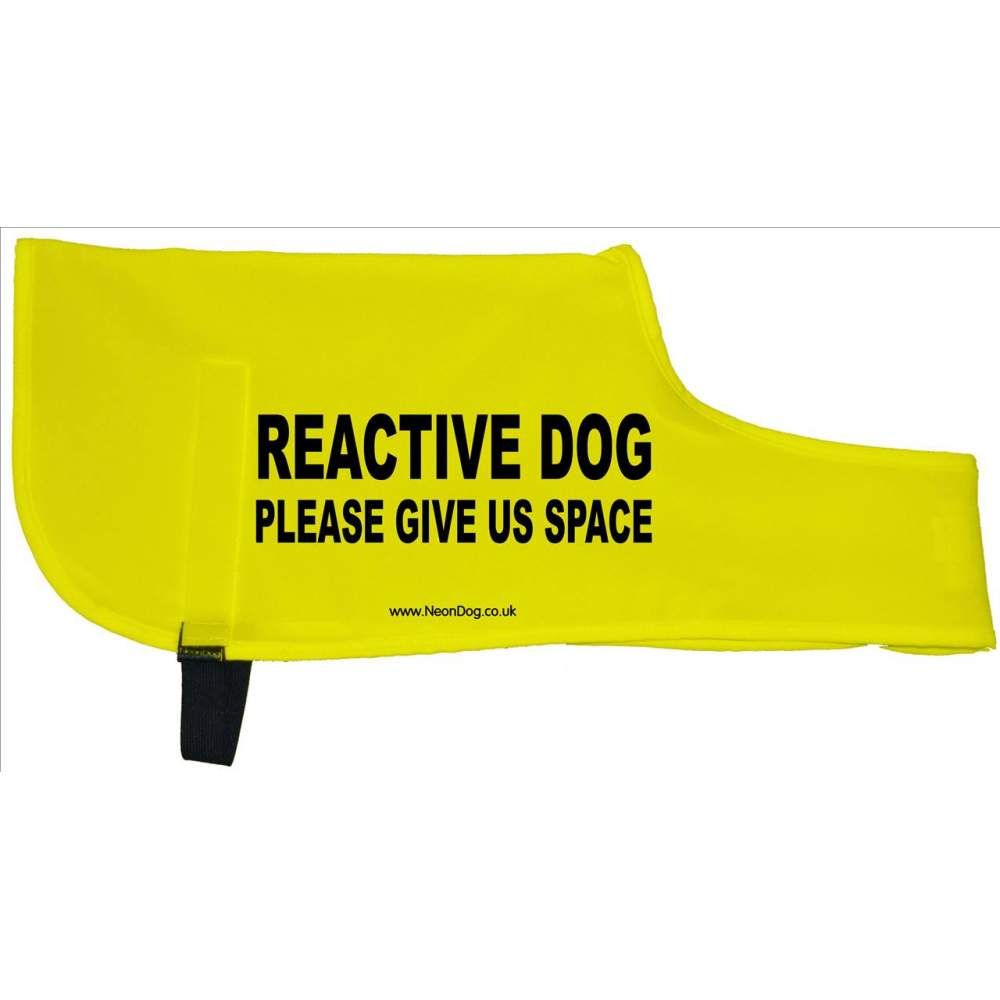
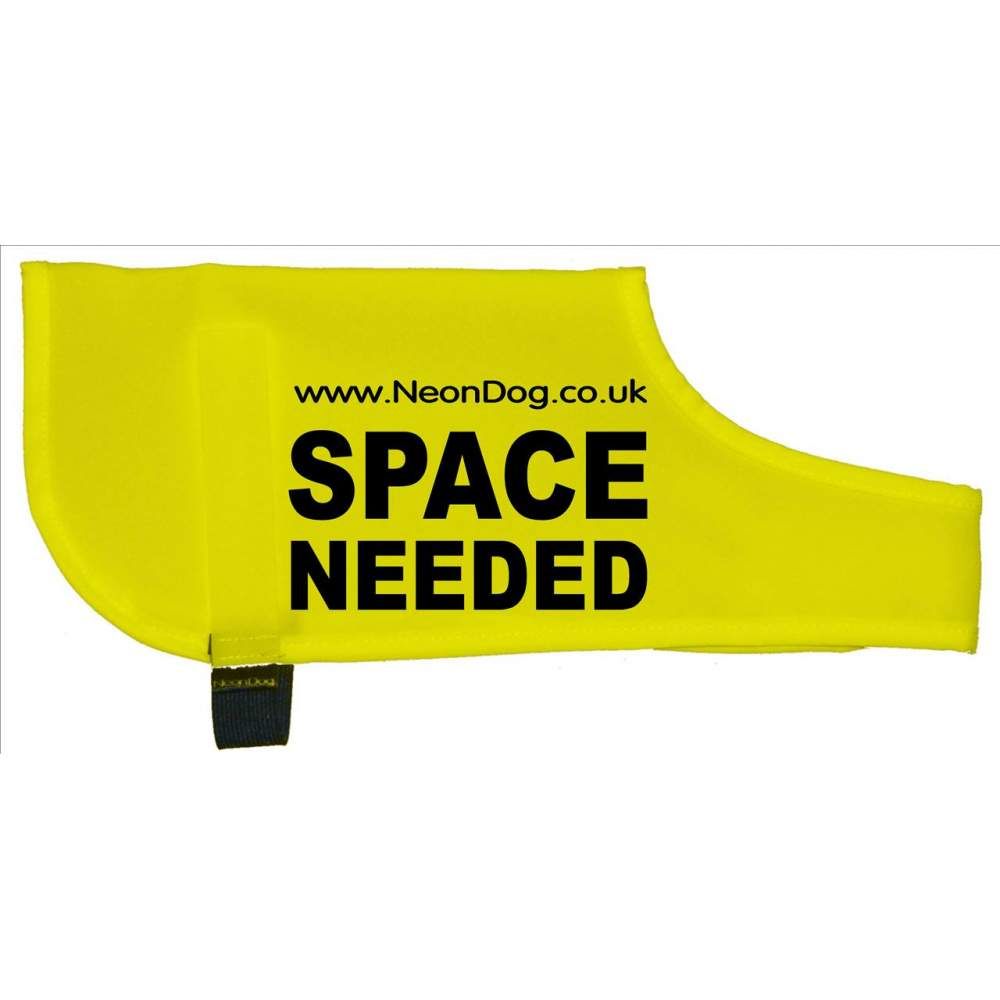
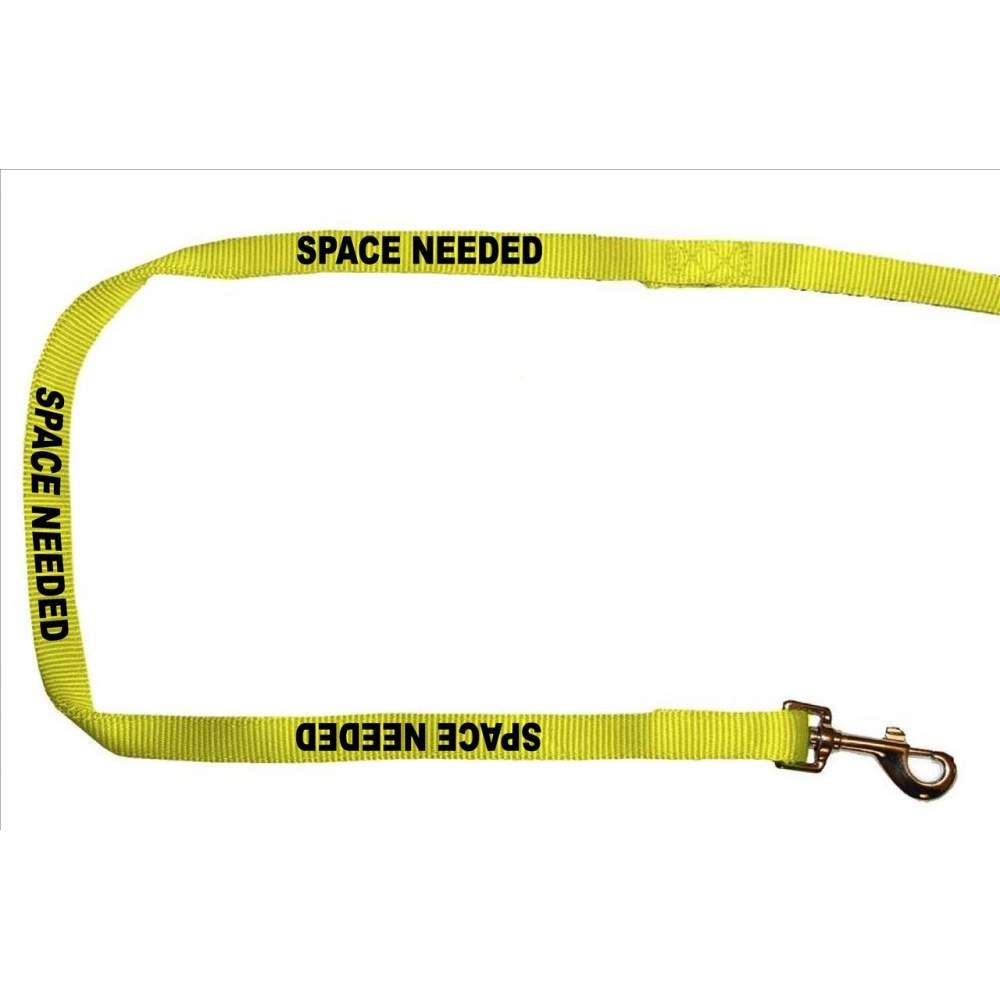
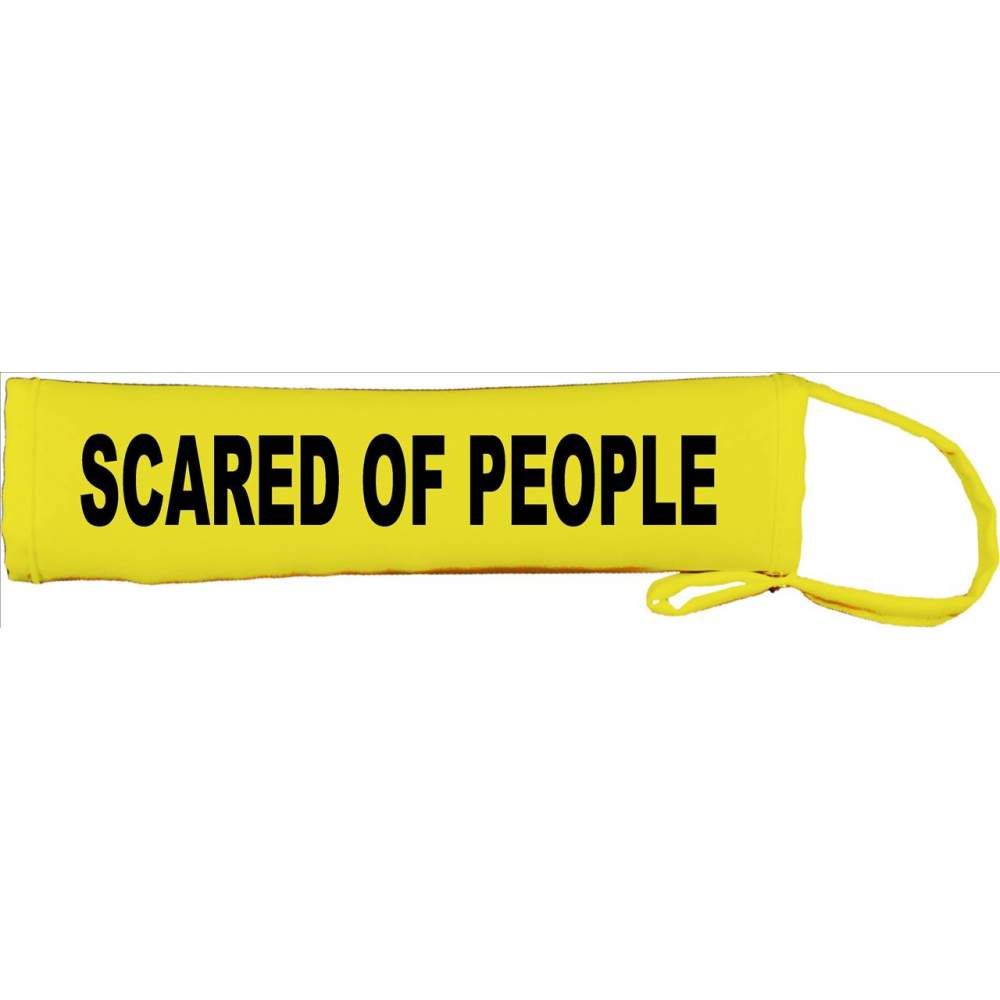
Reactive to visitors/guests
For all Rommies, an unknown person entering their home, walking into their space and touching them is incredibly overwhelming. We will have discussed the Visitor into the Home Process with you in your viewing and highly advise using it for every new person the dog meets in the home. Click the following link to be taken to the page: Visitor Process.
Want some practical reactivity advice?
Oakwood Canine Services have the access to rescue dogs meaning they can help you with in-person dog reactivity, they can also help you out with people or object reactivity:
Tel: 01482 823555 - please leave a voicemail
Email: training@oakwoodcanineservices.co.uk
